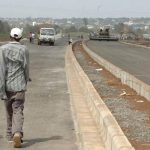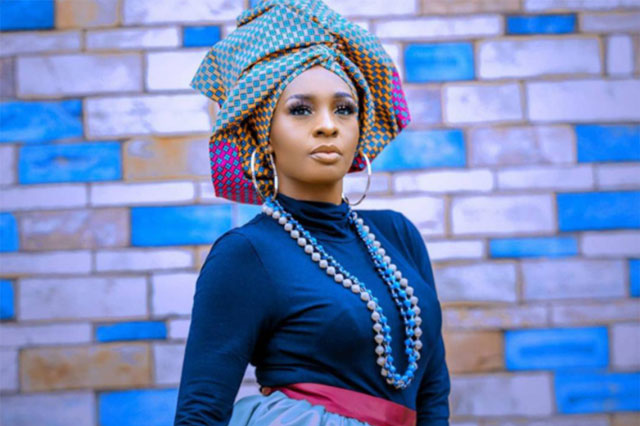Masabaland, currently comprising several districts including Bududa, Sironko, Bulambuli, Mbale City, and Mbale DLG, and Bulambuli, including Namisindwa, have three tribes populating the area, as follows:
The Shana, a lesser-known tribe among the Bamasaba people but constitutionally recognized, inhabit Bulegeni Town Council and number fewer than 1,000 individuals. The origin and arrival of the Shana into the Elgon region are not well-documented; their arrival remains shrouded in mystery. Historians are baffled by how a supposedly finishing community ended up in a mountainous area. Linguistically, their dialect is closely tied to the Bakeni people of Buruli and the Banyoro of Western Uganda. Historical accounts suggest that the Shana came to Masabaland through the efforts of General Semei Kakungulu in the early 1900s, either as foot soldiers or casual laborers. Presently, they occupy Bulugeni Town Council, a few meters from Sabinys of Kapchorwa. Other accounts claim they were fishermen who, after exhausting fish from lakes, turned to agriculture and moved up to the mountains.
While the Shana may occupy a known territory at the level of a town council, their counterparts, the Babukusu, have no recorded place of abode. Current inhabitants who would otherwise be categorized as Babukusu refuse to be tagged as such, as they identify themselves as Bamasaba/Bagisu, speaking the same language and sharing similar origins and cultural aspects. In Bududa, one culturalist seeking to establish legitimacy as a cultural leader faced rejection from the District Local Government, as Bududa DLG leadership rejected the categorization as Babukusu, and Namisindwa equally distanced itself from the label. The Babukusu thus constitute a floating tribe with no known territory, recognized as a tribe since 1994 but without a controlled territory, similar to stateless citizens.
The Bamasaba, the largest tribe, occupy the listed districts, with the current cultural leader reigning over those areas, to which the Shana also pay allegiance. However, due to contested territory claimed by Bamasaba and Sabinys, it may take time before the Shana can claim a cultural leader, as they lack a endorsing district for their cultural leader quest.
Masabaland is comprised of several tribes, interconnected through migration. Bungokho and Sironko, including Bulambuli, record the highest level of migrants, known as Bafurukyi in Lunyakitara or Bawuuyi in Lugisu. Bungokho has been occupied for about 200 years by people from Bududa and partly Sironko. Prominent politicians in Bungokho are either Baduda by origin or Badadiri of Sironko. Sironko and Bulambuli have a mixture of Bagwere, Sabinys, Iteso, and the Bukusu, among others.
Migration is a significant factor in tribal demographics. Among the Badama of Toro, there are Bamasaba who got stuck during the epoch of migrations. Uganda, comprising about 65 tribes, saw all of them arrive through migrations. Some tribes, like Baganda and Bagisu, have been in Uganda for about 500 years, while others, like the Barundi and Shana, are relatively new.
The writer is from Mbale. Tel: 0782231577.




















